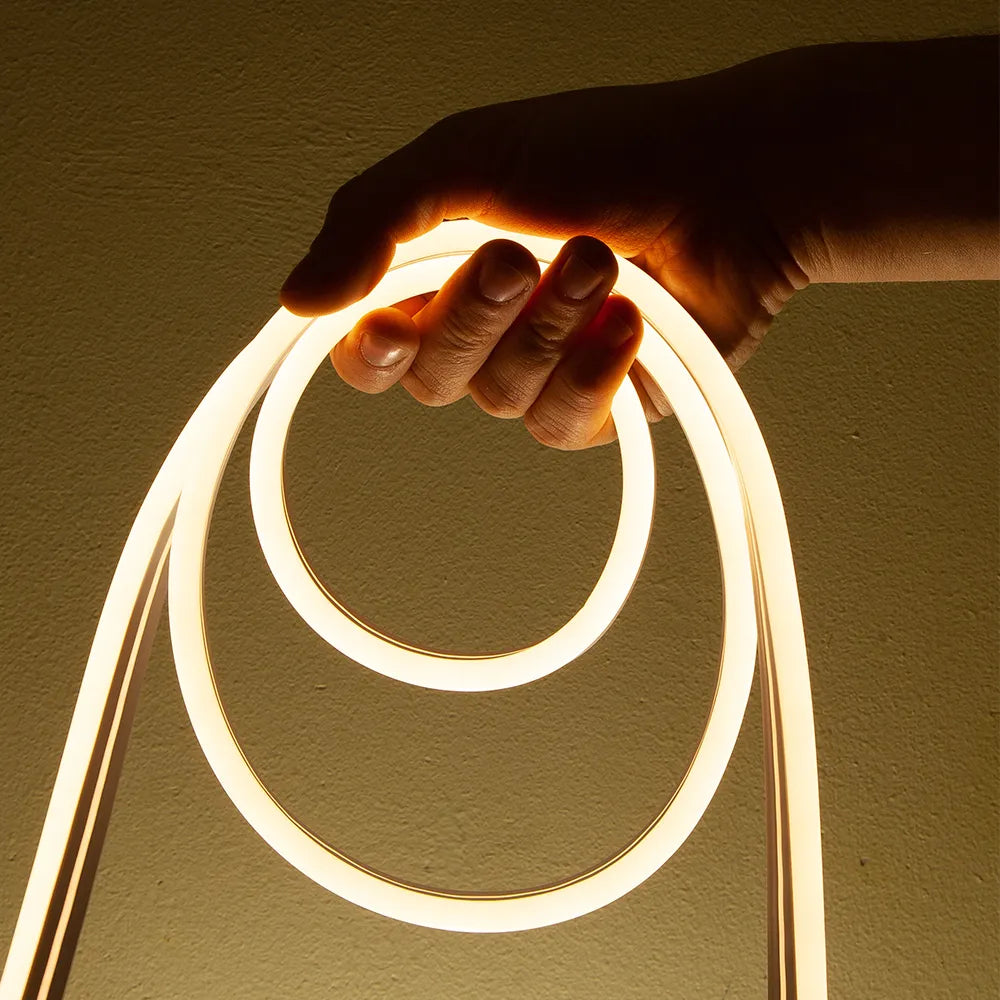Can LED lights cause sickness?
In recent years, there has been growing concern about the potential health impacts of LED lighting. Some people claim that these lights can cause illnesses, from headaches and eye strain to sleep disorders and even more serious conditions. Can LED lights cause sickness? In this blog post, we will delve deeper into this question.
Learn about LED lights
LED lights are an advanced lighting technology that has replaced many different types of traditional lights such as fluorescent lights and compact lights. LED lights are a popular choice because of their energy efficiency and longevity. Unlike traditional incandescent bulbs, LEDs produce light by passing electric current through semiconductor material. LEDs use semiconductor materials such as silicon, gallium arsenide and phosphide to produce light when stimulated by electric current. This process generates minimal heat and converts most of the energy into light, making LEDs highly efficient.
One of the main benefits of LED lights is their energy savings. They use less energy than traditional lights, reducing electricity consumption and saving costs. LED lights also have a longer lifespan, typically lasting 25,000 to 50,000 hours of operation, compared to about 1,000 to 2,000 hours of other types of lights.
LED lights provide brighter light and better contrast than traditional lights. They allow for adjusting brightness and creating a variety of colors without using color filters. This makes LED lights a popular choice for lighting in spaces.
Another benefit of LED lights is that they do not contain mercury, a toxic substance found in traditional fluorescent lights. This makes LED lights safe for the environment and easy to recycle when finished.
In particular, LED lights can be adjusted to emit colored light, including warm white and cool white light. This allows for different lighting and spatial effects, tailored to individual needs and preferences.
However, it should be noted that choosing quality LED lights and following the usage instructions is important to ensure safety and efficiency. Some poor quality LED lights can cause dim or flickering light, causing discomfort and eye fatigue. Therefore, it is recommended to purchase LED lights from reputable manufacturers and ensure compliance with regulations and usage instructions.
Read more: Custom neon signs
Can LED lights cause sickness?
LED lights have become an indispensable part of modern life, widely used in industries, homes and public areas. However, there are some concerns regarding the potential impact of LED lighting on human health. There is evidence that long-term exposure to LED light can cause a number of undesirable effects and may cause illness in some cases.
LED lighting has a particular color spectrum, with energy levels concentrated mainly in a narrow range of the spectrum, mainly green and blue. Some studies have shown that long-term exposure to blue light can affect the body's natural cycle, called the sleep-wake cycle.
Specifically, blue light can inhibit the production of melatonin, an important hormone that helps regulate sleep. When melatonin levels decrease, it can cause sleep disorders and difficulty waking up and maintaining adequate sleep. This can cause sleep problems, such as insomnia and sleep disorders.
Additionally, blue light can cause eye strain and fatigue. Human eyes need to tolerate strong light from LED sources, especially with long-term exposure and in unsuitable environments. This can lead to eye problems such as eye strain, redness and dryness, and can even impact vision.
Correctly installed and adjusted LEDs will not cause diseases
Although LEDs have become an indispensable part of our daily lives, it is necessary to separate reality from fiction in terms of its potential impact on their health. The scientific consensus is that correctly installed and adjusted LEDs will not cause diseases. Any discomfort or symptoms encountered are more likely to be caused by factors such as inappropriate lighting conditions, excessive exposure, or pre-existing health conditions.
Like any light source, it is important to ensure proper installation, positioning, and adequate control of lighting to avoid any possible discomfort. Understanding LED and clarifying misunderstandings can help us appreciate the benefits of this energy-saving lighting technology. Don't worry about your health unnecessarily.

